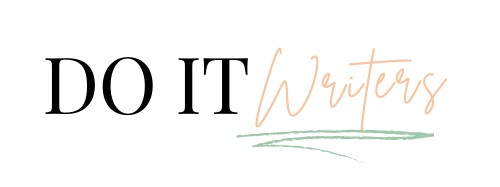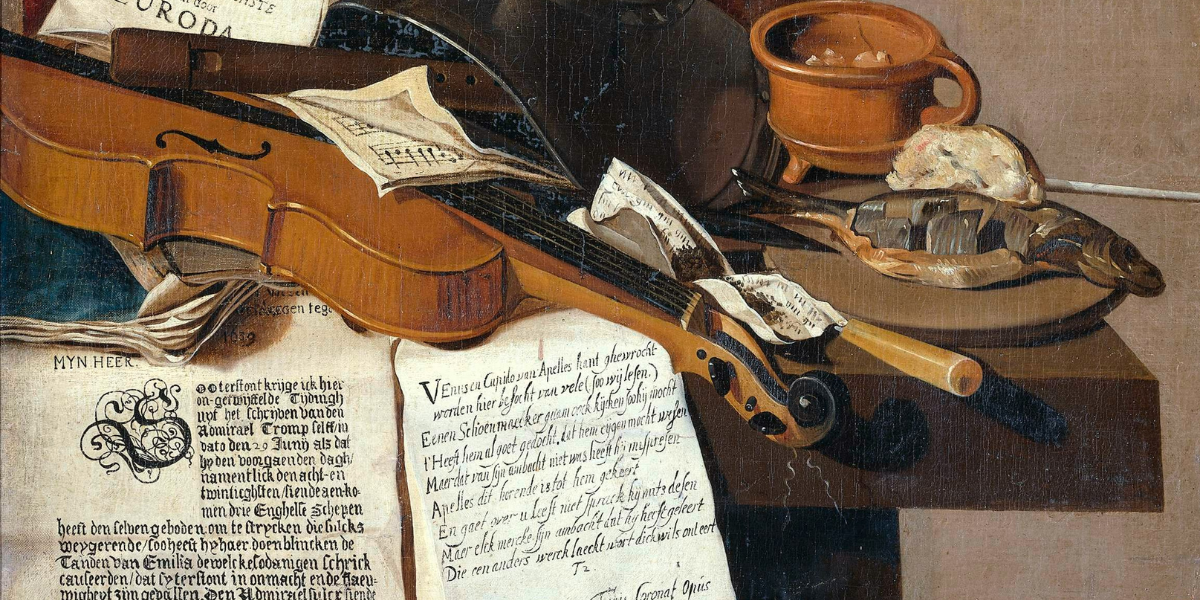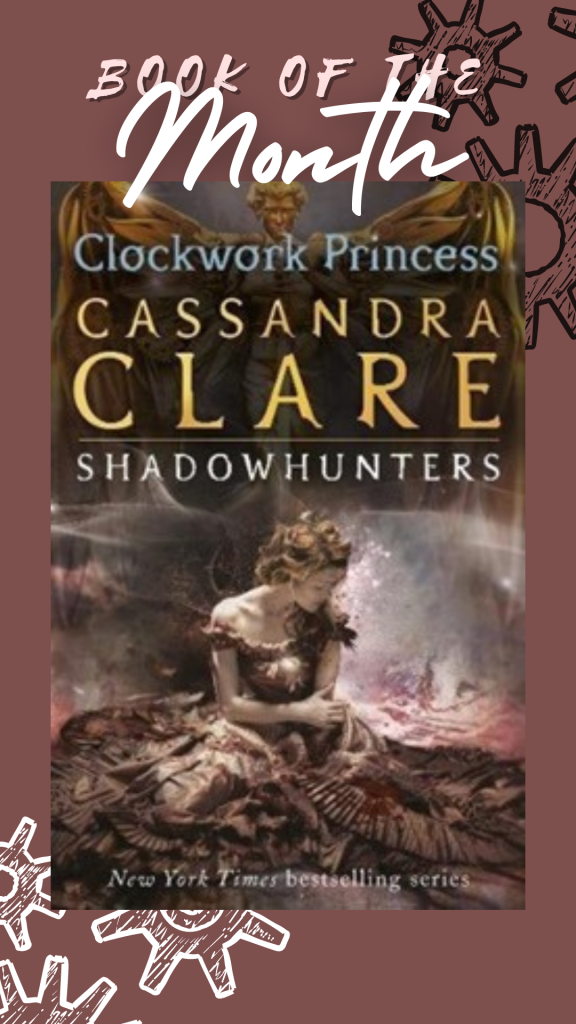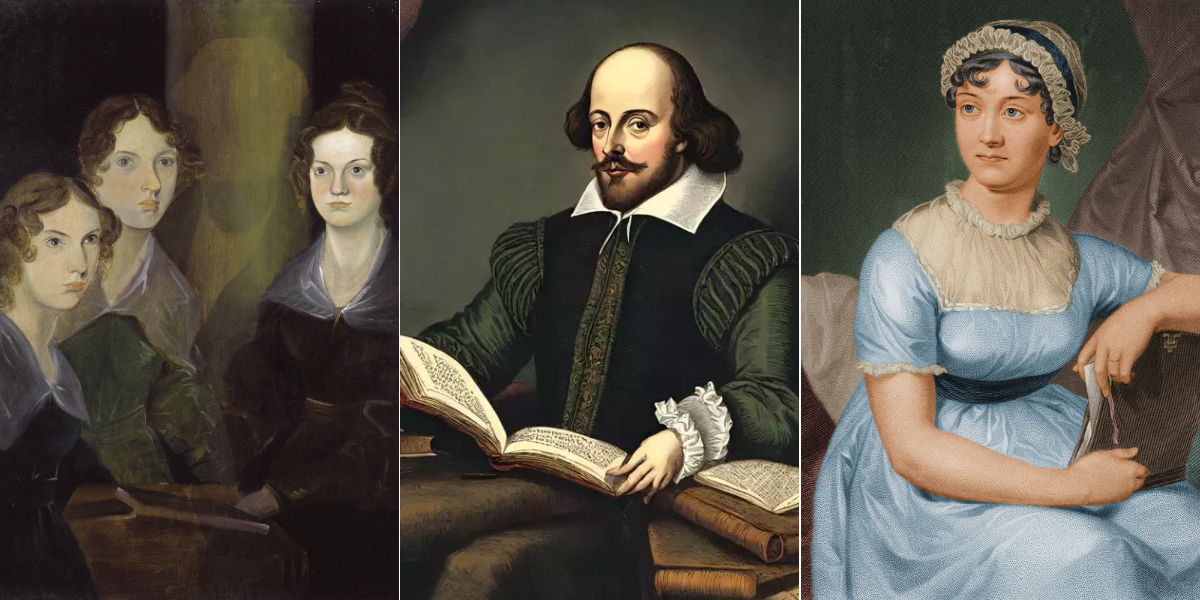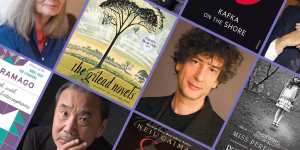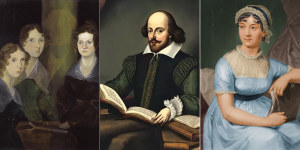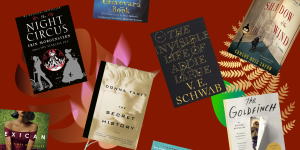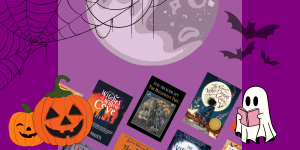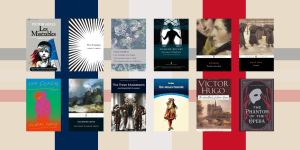Poetry might feel mysterious or difficult to define, but that’s part of its beauty. While there aren’t strict rules, having a bit of guidance can help bring your ideas to life.
Whether you’ve never written a poem before or you’re looking to sharpen your skills, this guide will help you get started.
We’ll break down the basics of poetry, explore different styles, and offer tips to spark your creativity.
Writing poetry can be fun, expressive, and a lot less intimidating than you might think. Let’s dive in and discover how to turn your thoughts into powerful verses.
What Is Poetry, and Why Does It Matter?
Poetry is more than just words on a page—it’s a unique form of expression that blends language, emotion, and creativity.
Unlike prose, poetry doesn’t follow strict rules. It can rhyme or not, be short or long, and cover any topic imaginable.
But what sets poetry apart is its ability to use words in a powerful, condensed way. Each word in a poem holds weight, evoking emotions, images, or ideas with precision.
At its core, poetry is about feeling. It captures emotions and experiences, often saying in a few lines what prose might take pages to convey.
Poetry doesn’t have to explain or tell; it shows, hints, and invites the reader to feel. As poet Rita Dove said, “Poetry is language at its most distilled and most powerful.” This is why poetry matters—it allows us to connect deeply with thoughts and emotions in ways that resonate, inspire, and move us.
In a world where communication often feels rushed or shallow, poetry gives us the space to slow down, reflect, and experience the richness of language. It offers a different way to see the world, making it a timeless and essential form of art.
READ MORE: Introduction to Creative Writing: Everything You Need to Get Started
The Elements of Poetry
Poetry stands out from other types of writing due to its unique combination of sound, rhythm, rhyme, and format. These elements come together to create the essence of a poem, making it not just a form of writing but an art that connects with readers on a deeper level.
Sound
Poetry is meant to be heard. The way words sound when spoken aloud can evoke emotions or paint vivid pictures.
Poets often use techniques like alliteration (repeating consonant sounds), assonance (repeating vowel sounds), and consonance (similar consonant sounds close) to create musicality in their poems.
For example, in Kelly Roper’s poem “The Cold Wind Blows“, the repetition of the “ose” sound mimics the rush of the wind, adding to the overall atmosphere.
Sound can make a poem soft and soothing or loud and jarring, fully depending on how the poet uses it.
Rhythm
Rhythm refers to the flow of a poem, often created by the pattern of stressed and unstressed syllables, known as meter.
One of the most famous meters is iambic pentameter, commonly used by Shakespeare. But poetry can also have many other rhythmic patterns, from the regular beat of a trochee to the more complex dactyl.
Rhythm gives poetry its movement and energy, making it feel almost like music.
Repetition is another rhythmic tool poets use to emphasize certain ideas or emotions, like Maya Angelou’s frequent use of the phrase “I rise” in her poem “Still I Rise.”
Rhyme
While not all poems rhyme, rhyme schemes can add structure and melody to a poem.
Rhymes don’t just appear at the ends of lines; they can be woven throughout, creating a more complex sound pattern.
A classic example of rhyme at work is in Lewis Carroll’s “Jabberwocky.” The rhyming words help build the poem’s fantastical world while making it fun to read aloud.
Format
The visual layout of a poem is often one of the first things that sets it apart from prose.
Poems are structured in stanzas instead of paragraphs, and each line break is intentional, adding meaning or emphasis to certain words or ideas.
Whether the lines are short or long, or whether the poem is arranged in a specific shape, the format plays a significant role in how a poem is read and understood.
The flexibility in formatting allows poets to play with space, letting the visual structure become part of the art itself.
Each element of poetry—sound, rhythm, rhyme, and format—works together to create a unique reading experience.
Poetry’s artistic freedom allows it to break from the rigid rules of prose and invite both writer and reader into a more imaginative space.
READ MORE: How to Create a Diverse and Engaging Poetry Collection: 5 Key Tips
Different Forms of Poetry
Poetry takes on many different forms, each offering unique ways to express emotions, ideas, and experiences. While some forms follow rigid rules regarding rhyme and meter, others allow for greater flexibility and creative freedom.
Here are a few popular types of poetry that showcase this diversity.
Haiku
Haikus are short, three-line poems with a set syllable pattern: the first and third lines contain five syllables, while the second line contains seven. Traditionally used to capture a moment in nature, haikus can also convey any topic that stirs the imagination, making them a concise way to convey a powerful image or feeling.
Limerick
Limericks are playful, five-line poems known for their bouncy rhythm and AABBA rhyme scheme. Often humorous or whimsical, limericks can also be witty or absurd. Their catchy beat makes them memorable and fun to write, but the challenge lies in fitting a clever story or thought into just five lines.
Sonnet
The sonnet, a 14-line poem typically written in iambic pentameter, is one of the most structured and traditional forms. Sonnets often explore themes of love, time, and beauty, with famous examples by poets like Shakespeare. While there are different sonnet variations, such as the Shakespearean and Petrarchan, they all follow a strict rhyme scheme that gives them a musical quality.
Blank Verse
Unlike sonnets or limericks, blank verse poems don’t rhyme but do follow a specific meter—most commonly iambic pentameter. This form creates a natural rhythm while allowing poets the freedom to explore more serious or reflective themes. Used extensively by Shakespeare in his plays, blank verse gives poetry a structured yet fluid feel.
Free Verse
In free verse, anything goes. This form has no set rhyme scheme or meter, allowing poets to break free of traditional patterns and focus on the flow of words and ideas. Free verse poems can be long or short, with line breaks and stanzas chosen to enhance the meaning or tone. It’s the perfect form for those who want to explore language without boundaries.
Ode
An ode is a lyrical poem that celebrates a person, object, or event. With vivid descriptions and often lofty language, odes pay tribute to their subjects, whether they be a beloved person or something as mundane as a kitchen appliance. Odes are flexible in structure, allowing the poet to focus on their emotional response to the subject.
Elegy
While an ode celebrates, an elegy mourns. Elegies reflect on loss, particularly death, with a tone of sorrow or reflection. Often, elegies move from expressing grief to finding solace, making them not only a way to honor the departed but also to contemplate life’s fragility.
From the structured rhythm of a sonnet to the unrestrained flow of free verse, each form of poetry offers a different way to express meaning. By choosing the right form, poets can enhance the emotional impact of their words, shaping how readers experience the poem.
READ MORE: How Reading Poetry Can Make You Smarter (Plus 5 Benefits)
How To Write Poetry In 7 Easy Steps
Writing poetry is different from any other kind of writing. Unlike other kinds of writing, which follow structured formats, poetry bends the rules, allowing for creative freedom. However, this doesn’t mean that writing poetry is completely unstructured—it’s about finding a balance between inspiration and craft.
Whether you’re new to poetry or a seasoned writer, here are some steps to guide you through the process of writing your next poem.
1. Start with a Topic
Before you begin writing, think about what you want to explore in your poem.
Inspiration can come from many places—nature, personal experiences, or even a fleeting emotion. Try journaling or freewriting to uncover ideas, jotting down thoughts and feelings that resonate with you.
Don’t worry about finding the “perfect” topic right away—sometimes the best ideas reveal themselves through writing.
2. Choose a Form
Once you have a topic, consider the best form to express your ideas.
Do you want the structured elegance of a sonnet or the playful rhythm of a limerick? Or maybe free verse suits your style, offering more flexibility.
The form you choose will help shape your poem’s tone, rhythm, and overall feel, so it’s worth experimenting with different styles to find what works for you.
3. Play with Language
Poetry is all about word choice, so take your time to find the right words to convey your message.
Use metaphors, similes, and imagery to paint vivid pictures in the reader’s mind.
If you’re writing in a specific format, like a rhymed poem or one with a meter, you might need to spend extra time playing with the rhythm and finding words that fit both the meaning and structure of the poem.
4. Write Your First Draft
Now it’s time to put pen to paper (or fingers to keyboard).
Let the words flow freely without worrying about perfection. Focus on capturing the essence of your idea.
Don’t be afraid to break from traditional writing processes—some poets find that skipping stages, like outlining, helps their creativity flourish.
If the form or rhyme doesn’t fit perfectly, keep writing; you can always revise later.
5. Revise and Edit
Once you’ve written a draft, set it aside for a bit.
After a break, come back to it with fresh eyes. Look for places where you can refine your word choices, improve the rhythm, or clarify your imagery.
Read your poem out loud to catch any awkward phrasing or clunky rhythms.
You might also discover that your poem would be stronger in a different form or with a few stanzas removed.
6. Seek Feedback (Optional)
Sharing your work with others can offer valuable insight.
A writing group or trusted friend can provide feedback, helping you notice strengths or weaknesses you might have overlooked.
However, feedback is optional—sometimes poetry is a personal endeavor meant just for you.
7. Embrace the Process
Writing poetry is as much about the journey as the final product.
Each poem you write will teach you something new about your voice, your ideas, and how you use language.
Don’t rush the process, and allow yourself the space to experiment, make mistakes, and grow. Whether your poem is for an audience or yourself, enjoy the act of creating something unique.
READ MORE: The Art of Sorrow: 9 Best Sad Poetry Books To Read
Conclusion
When writing poetry, you’re free to break the rules and follow your creative instincts. Bending the norms is what sets poetry apart from other forms of writing.
However, there’s a difference between breaking the rules intentionally and letting mistakes slip through. While experimenting with form, rhythm, and language is encouraged, unintentional errors like misspellings or awkward phrasing can detract from your message.
That’s why it’s important to edit carefully, ensuring your creative choices shine while maintaining clarity. By embracing both freedom and precision, you’ll write poetry that resonates with readers on every level.
